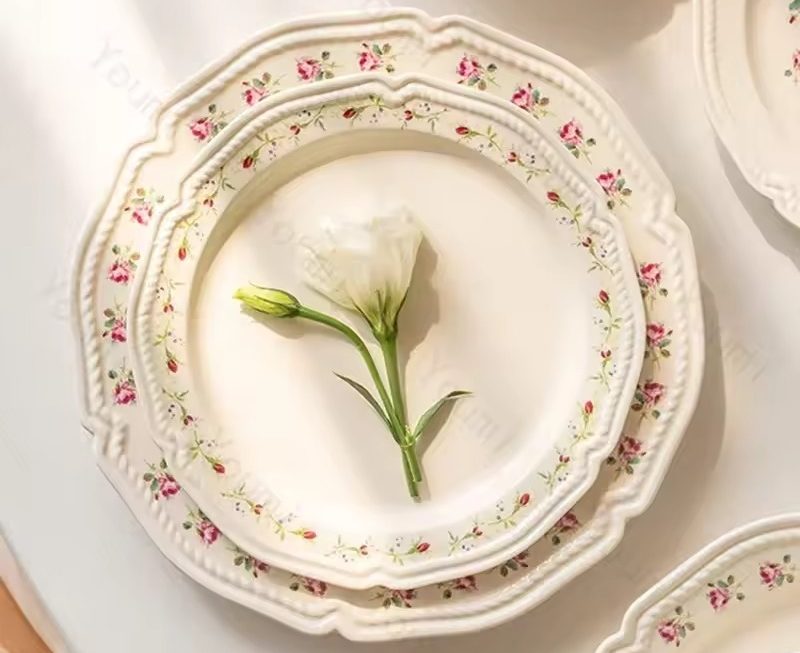 Introduction:
Introduction:
Dealing with a clogged double kitchen sink can be a frustrating and inconvenient experience. Understanding how to effectively unclog a double kitchen sink is essential for maintaining the functionality of your kitchen. In this comprehensive guide, we will explore various methods for unclogging a double kitchen sink, including using a plunger, employing a drain snake, utilizing a natural drain cleaner, and employing the help of baking soda and vinegar. By following these step-by-step instructions, individuals can unclog their double kitchen sink and restore proper drainage efficiently.
 Some common types of sinks:
Some common types of sinks:
There are several different types of sinks commonly used in kitchens, bathrooms, and other areas. Here are some common types of sinks:
Drop-In Sink:
Also known as top-mounted or self-rimming sinks, drop-in sinks are installed by dropping the sink into a hole cut in the countertop. The sink’s rim sits on the countertop, providing a visible transition between the sink and the surface.
Undermount Sink:
Undermount sinks are installed beneath the countertop, creating a seamless and clean appearance. This type of sink is mounted from below, with the edge of the countertop covering the rim of the sink.
Farmhouse or Apron Front Sink:
Farmhouse sinks have a large, deep basin and a front panel that extends past the edge of the countertop. This design provides an aesthetic appeal and allows for easy access and ergonomic functionality.
Stainless Steel Sink:
Stainless steel sinks are widely used due to their durability, resistance to corrosion, and easy maintenance. They are available in various configurations, including single bowl, double bowl, and even triple bowl options.
Composite Sink:
Composite sinks are made from a mix of materials, including quartz, granite, or acrylic resins. They offer durability, resistance to stains and scratches, and are available in a wide range of colors and finishes.
Cast Iron Sink:
Cast iron sinks are known for their durability and classic style. They are made from molded cast iron coated with a layer of enamel or porcelain, providing a smooth and glossy finish.
Vessel Sink:
Vessel sinks sit on top of the countertop, creating a distinct and stylish look. They are often used in contemporary or modern bathroom designs and are available in various shapes, sizes, and materials.
Pedestal Sink:
Pedestal sinks are typically used in smaller bathrooms or powder rooms. They consist of a basin that sits on top of a separate pedestal or column, eliminating the need for a vanity cabinet.
These are just a few examples of the types of sinks available. The choice of sink depends on the specific needs, aesthetic preferences, and functionality requirements of the space where it will be installed.
 Some considerations for pairing a double kitchen sink with a faucet:
Some considerations for pairing a double kitchen sink with a faucet:
The double kitchen sink and its compatibility with faucet options depend on various factors, such as the sink configuration, mounting options, and personal preferences. Here are some considerations for pairing a double kitchen sink with a faucet:
Sink Configuration:
Double kitchen sinks typically come in two configurations: the split-bowl and the equal-bowl. In a split-bowl configuration, one side of the sink is larger than the other. This type of sink accommodates larger pots and pans while still providing a smaller basin for everyday tasks. With an equal-bowl configuration, both sides are the same size, allowing for equal functionality on either side. Consider the configuration of your double sink to determine the appropriate faucet placement and reach.
Mounting Options:
Double kitchen sinks can be top-mounted (drop-in) or undermounted. Top-mounted sinks have a visible rim that sits on the countertop, while undermounted sinks are installed beneath the countertop for a seamless appearance. The mounting style will influence the compatibility of the faucet, especially if it requires precision drilling or specific mounting mechanisms.
Faucet Reach and Spout Height:
Selecting a faucet with an appropriate spout reach and height is crucial for optimal functionality and clearance in a double sink setup. The spout should reach both basins comfortably, allowing for easy access to water in either side of the sink. Additionally, ensure that the spout height provides sufficient clearance for filling and maneuvering larger pots and pans.
Sink and Faucet Finish:
Consider the finish of the sink and the faucet to ensure a cohesive and aesthetically pleasing combination. Matching or complementary finishes between the sink and faucet can create a harmonious look in the kitchen.
Additional Features:
Depending on personal preferences and needs, you may consider additional features for your faucet, such as a sprayer nozzle, pull-down or pull-out functionality, touchless operation, or water-saving options. These features can enhance convenience and efficiency in the kitchen.
It’s recommended to consult with a professional or follow the manufacturer’s guidelines when selecting and installing a faucet for a double kitchen sink. They can provide specific product recommendations and ensure proper installation for optimal functionality and compatibility.
 Using a Plunger
Using a Plunger
Obtain a Suitable Plunger:
Select a plunger specifically designed for sink drains, preferably one with a flat bottom.
Ensure the plunger can cover the entire drain opening.
Fill the Sink Partially:
Fill the clogged sink partially with water, enough to cover the plunger’s rubber suction cup.
Position the Plunger:
Place the plunger over the clogged drain, ensuring a tight seal with the sink surface.
Apply Pressure:
Push and pull the plunger vigorously with an up-and-down motion.
Maintain a tight seal to create suction, which helps dislodge the clog.
Repeat if Necessary:
If the clog remains, repeat the plunging process several times, increasing the force and speed gradually.
Using a Drain Snake
Acquire a Drain Snake:
Obtain a drain snake or auger suitable for sink drains, typically with a length of 3 to 6 feet.
Insert the Snake:
Feed the end of the drain snake into the drain opening, pushing it in further as needed.
Rotate and Push:
Rotate the snake as you push it deeper into the drain.
Continue feeding the snake in until you encounter resistance or feel it reach the clog.
Break Up the Clog:
Use a combination of rotating and pushing motions to break up or dislodge the clog.
Continue this process until you no longer feel resistance.
Remove the Snake:
Slowly withdraw the drain snake from the drain opening, being cautious not to damage or scratch the sink.
Using a Natural Drain Cleaner
Create a Baking Soda and Vinegar Solution:
Pour half a cup of baking soda down the clogged drain.
Follow it with half a cup of white vinegar.
Allow the Solution to Work:
Let the baking soda and vinegar solution sit in the drain for about 15 minutes.
The chemical reaction between the two ingredients helps dissolve and loosen the clog.
Flush with Hot Water:
After 15 minutes, flush the drain with hot water to clear away the dissolved clog and any remaining debris.
Using Baking Soda and Vinegar
Mix Baking Soda and Salt:
In a small bowl, combine half a cup of baking soda with half a cup of salt.
Pour the Mixture into the Drain:
Carefully pour the baking soda and salt mixture into the clogged drain.
Add Boiling Water:
Follow the mixture with a pot of boiling water to wash away the clog and debris.
Pour the boiling water in stages, allowing it to work through the drain before adding more.
Repeat if Needed:
If the clog persists, repeat the baking soda, salt, and boiling water process until the drain is clear.
 Conclusion:
Conclusion:
Unclogging a double kitchen sink is crucial for maintaining proper drainage and functionality in the kitchen. By following the methods outlined in this comprehensive guide, individuals can effectively unclog their double kitchen sink. Whether using a plunger, drain snake, natural drain cleaner, or a combination of baking soda and vinegar, it is important to be patient and persistent. Remember to take preventive measures to minimize future clogs, such as using drain screens and avoiding pouring grease or food scraps down the drain. Embrace the knowledge shared in this guide to confidently unclog your double kitchen sink and enjoy a smoothly running kitchen.



